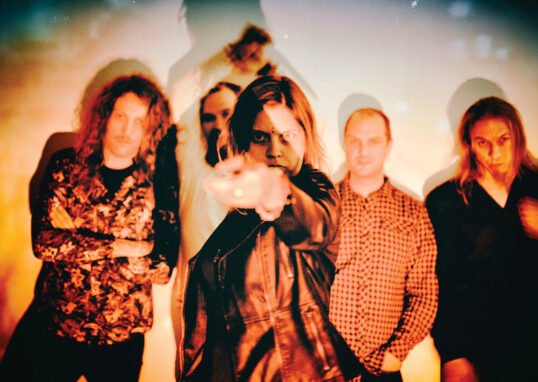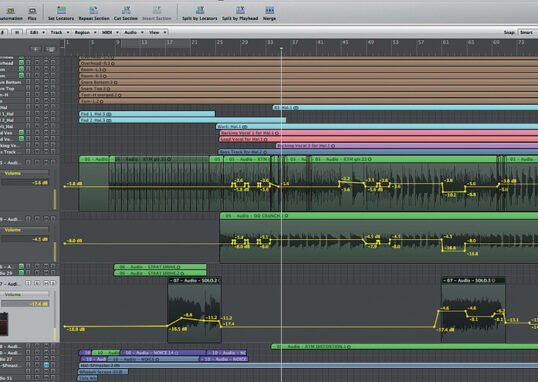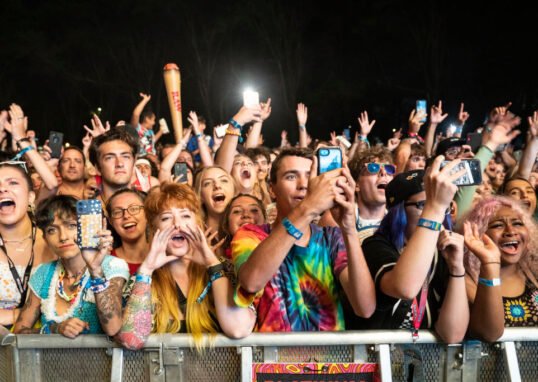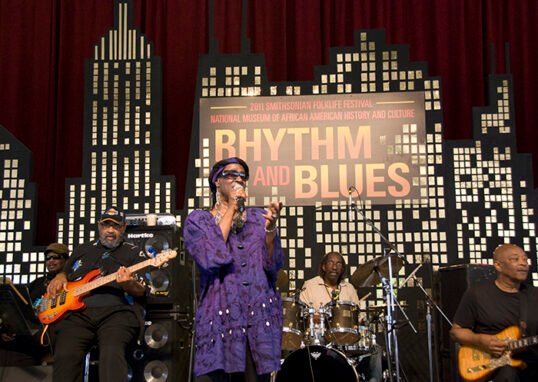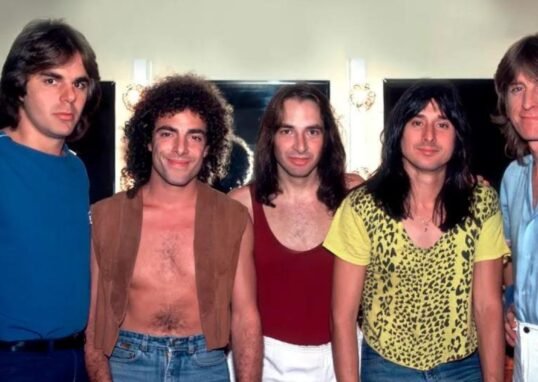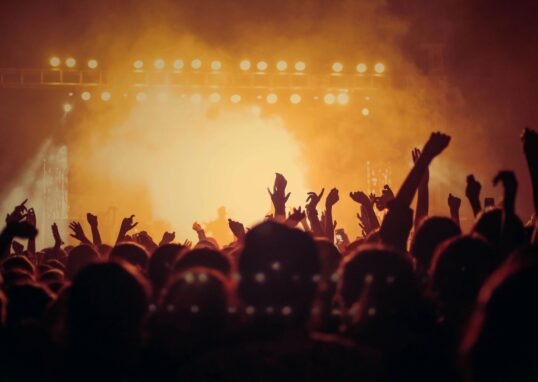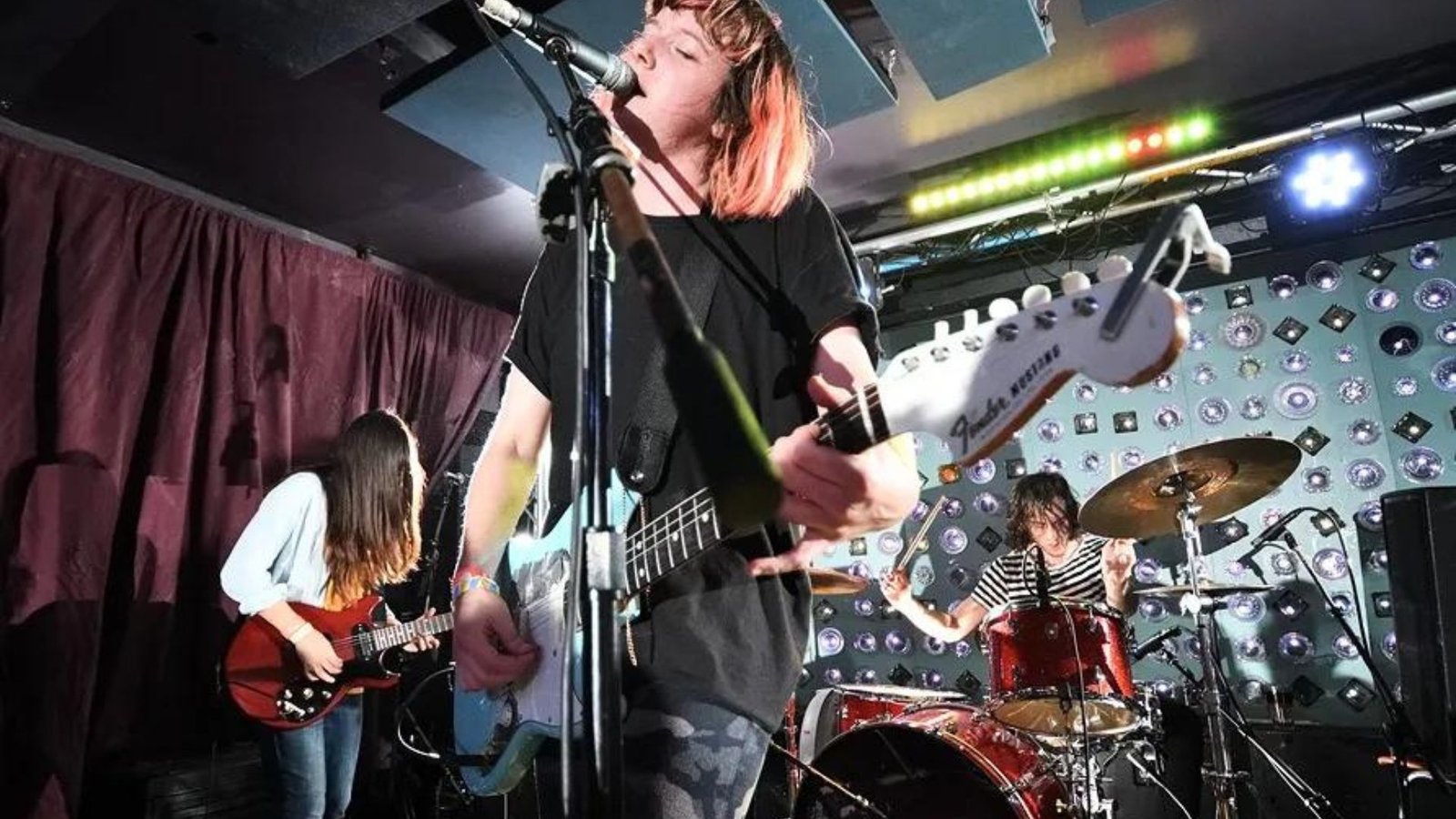
Capturing the electrifying energy of rock music through photography is both exciting and challenging. Whether you’re an aspiring photographer or just looking to improve your skills, these tips for rock music photography will help you take stunning photos that capture the essence of live performances.
1. Know Your Gear
Understanding your camera gear is crucial for rock music photography. Make sure you’re comfortable with your camera’s settings and features. A DSLR or mirrorless camera with a fast lens is ideal, as it can handle low light and fast movement. Familiarize yourself with the ISO, shutter speed, and aperture settings to adapt to the changing lighting conditions of a live concert.
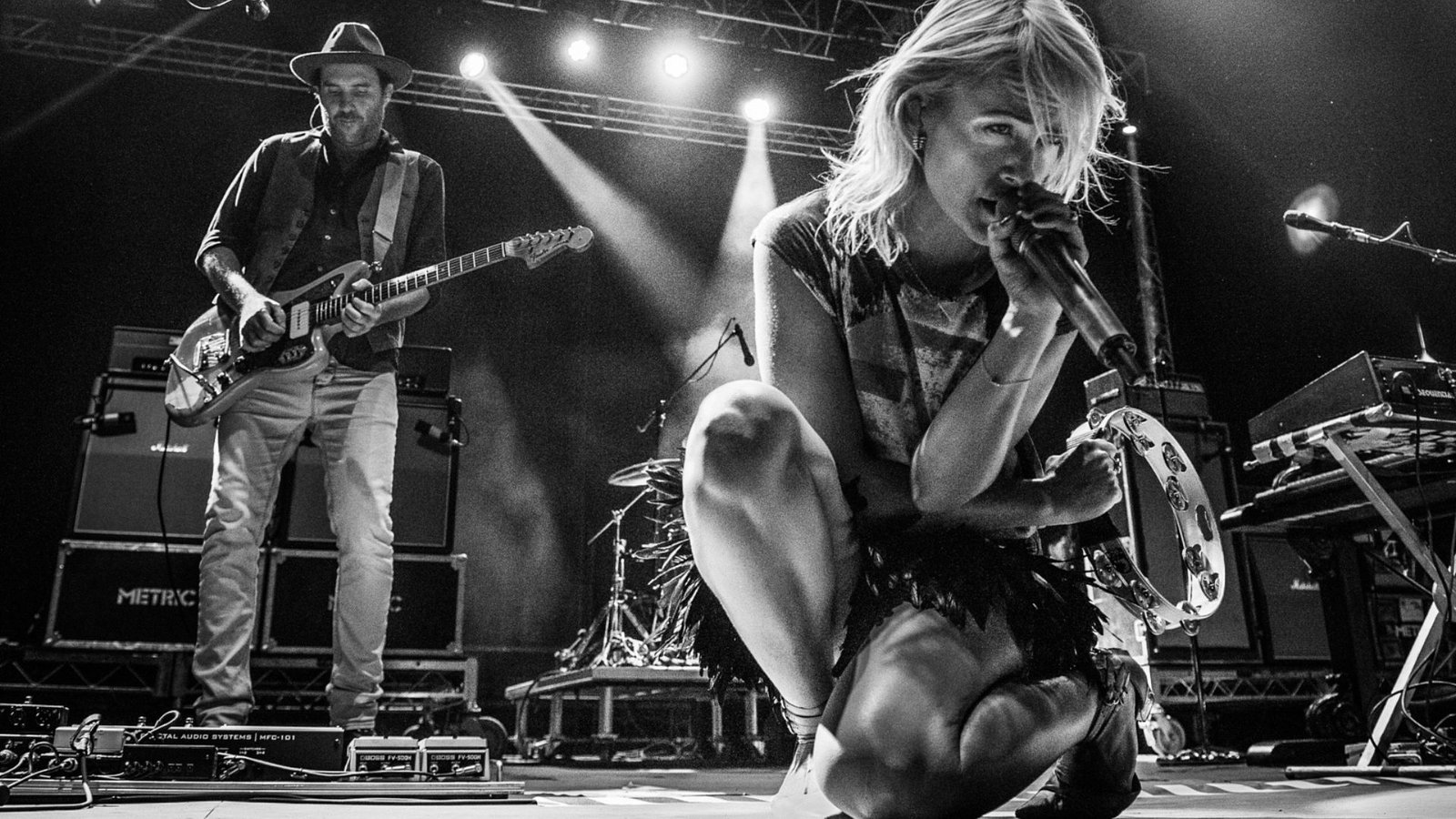
2. Use a Fast Lens
A fast lens with a wide aperture (f/2.8 or lower) is essential for rock music photography. This allows more light to hit the sensor, which is crucial in low-light environments typical of concerts. A lens with a focal length of 24-70mm is versatile for both close-ups and wide shots.
3. Capture the Energy
Rock music is all about energy. Aim to capture the dynamic moments of the performance. Look for shots of intense expressions, dramatic movements, and interactions between band members. These moments will help convey the excitement and raw power of the live show.
4. Pay Attention to Lighting
Lighting at concerts can be unpredictable. Use your camera’s manual mode to adjust settings and take control of the exposure. High ISO settings will help you capture clear images in low light, but be cautious of excessive noise. Experiment with different shutter speeds to freeze motion or create motion blur.
5. Focus on the Performers
In rock music photography, the performers are the focal point. Use a fast autofocus mode to keep the band members sharp and clear. If the venue allows, try to get close to the stage for better shots. However, respect the boundaries and space of other photographers and audience members.
6. Experiment with Angles
Don’t be afraid to experiment with different angles. Shoot from above, below, or from the side to capture unique perspectives. Different angles can highlight the energy of the performance and give your photos a distinctive look.
7. Be Ready for Action
Rock concerts are fast-paced and unpredictable. Be prepared to capture spontaneous moments. Keep your camera ready at all times and anticipate key moments, such as guitar solos or crowd interactions. Quick reflexes and a keen eye will help you capture those fleeting but memorable shots.
8. Capture the Crowd
The audience is an integral part of the concert experience. Including shots of the crowd can add context and depth to your photos. Look for enthusiastic fans, crowd surfing, or synchronized movements to show the connection between the band and the audience.
9. Use Burst Mode
Burst mode allows you to take multiple shots in rapid succession. This is useful for capturing fast-moving action and ensuring you get the perfect moment. Review the shots afterwards to select the best images that truly capture the energy of the performance.
10. Pay Attention to Composition
Good composition can make a big difference in your photos. Use techniques like the rule of thirds to create visually appealing images. Frame your shots to include interesting elements, such as stage lights or props, to add context and depth.
11. Respect the Venue’s Rules
Different venues have different rules for photographers. Some may require you to stay in a designated area or limit the use of flash. Always follow the venue’s guidelines and be respectful of the performers and other audience members.
12. Edit Your Photos
Post-processing is an important part of rock music photography. Use editing software to enhance your images, adjust exposure, and correct colors. Editing can help you bring out the details and atmosphere of the concert, making your photos stand out.
13. Tell a Story
Each concert has its own story. Try to capture a range of images that tell the story of the performance. Include wide shots that show the stage setup, close-ups of the band members, and crowd shots to provide a comprehensive view of the event.
14. Use Creative Lighting Techniques
Experiment with creative lighting techniques to add flair to your photos. Utilize stage lights, colored gels, or even create silhouettes to add drama and mood. Creative lighting can enhance the overall impact of your images and make them more visually interesting.
15. Keep Practicing
Rock music photography is an art that improves with practice. Keep attending concerts, experimenting with different techniques, and reviewing your work. The more you practice, the better you’ll become at capturing the raw energy and excitement of live rock performances.
Conclusion
Mastering rock music photography requires a mix of technical skills and creative vision. By following these tips, you can enhance your ability to capture the electrifying atmosphere of live rock concerts. Keep practicing and experimenting to develop your unique style and make your photos stand out.

